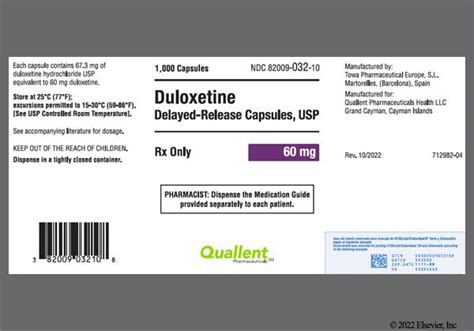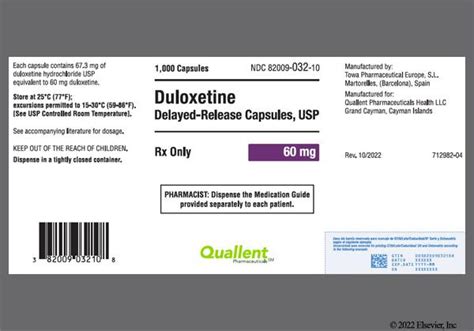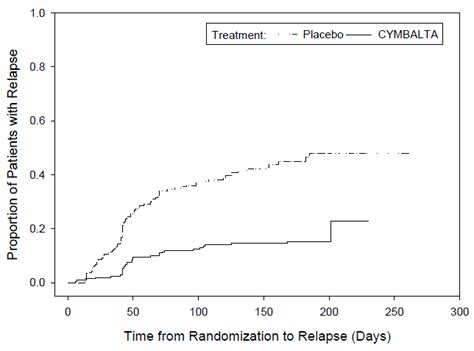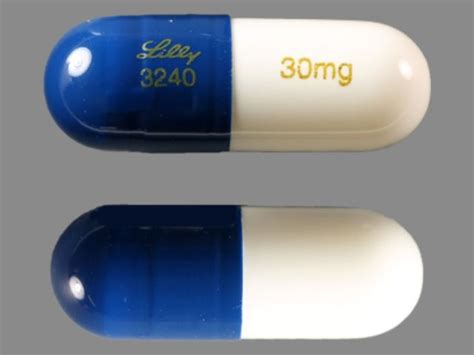Intro
Duloxetine treats depression, anxiety, and fibromyalgia, offering relief from symptoms like mood swings and emotional pain, through antidepressant medication and therapy, improving mental health.
Depression is a complex and multifaceted mental health disorder that affects millions of people worldwide. It is characterized by persistent feelings of sadness, hopelessness, and a lack of interest in activities that once brought pleasure. Depression can have a significant impact on an individual's quality of life, relationships, and overall well-being. Fortunately, there are various treatment options available, including medications like duloxetine, which has been shown to be effective in managing depression symptoms. In this article, we will delve into the world of duloxetine, its uses, benefits, and potential side effects, as well as explore its role in depression treatment.
Duloxetine is a type of antidepressant medication that belongs to the class of serotonin-norepinephrine reuptake inhibitors (SNRIs). It works by increasing the levels of certain neurotransmitters, such as serotonin and norepinephrine, in the brain, which helps to improve mood, reduce anxiety, and enhance overall mental well-being. Duloxetine is commonly used to treat major depressive disorder, generalized anxiety disorder, fibromyalgia, and neuropathic pain. Its efficacy in managing depression symptoms has made it a popular choice among healthcare professionals and patients alike.
The importance of effective depression treatment cannot be overstated. Untreated depression can lead to a range of negative consequences, including social isolation, decreased productivity, and increased risk of suicidal thoughts and behaviors. Moreover, depression can have a significant impact on physical health, increasing the risk of chronic diseases like diabetes, heart disease, and obesity. By seeking treatment, individuals can experience significant improvements in their mental and physical health, leading to a better quality of life.
Duloxetine Mechanism of Action

Duloxetine Benefits
The benefits of duloxetine in depression treatment are numerous. Some of the key advantages of using duloxetine include: * Improved mood: Duloxetine has been shown to significantly improve mood in individuals with major depressive disorder. * Reduced anxiety: Duloxetine has anxiolytic effects, which can help reduce anxiety symptoms in individuals with generalized anxiety disorder. * Enhanced cognitive function: Duloxetine has been shown to improve cognitive function, including attention and memory, in individuals with depression. * Rapid onset of action: Duloxetine has a relatively rapid onset of action, with some individuals experiencing improvements in symptoms within a few weeks of starting treatment.Duloxetine Uses

Duloxetine Side Effects
While duloxetine is generally well-tolerated, it can cause a range of side effects, including: * Nausea and vomiting: Duloxetine can cause nausea and vomiting, especially during the initial stages of treatment. * Headache: Duloxetine can cause headaches, including migraines and tension headaches. * Dizziness: Duloxetine can cause dizziness and lightheadedness, especially when standing up or changing positions. * Sleep disturbances: Duloxetine can cause sleep disturbances, including insomnia and vivid dreams.Duloxetine Dosage

Duloxetine Interactions
Duloxetine can interact with a range of medications, including: * Monoamine oxidase inhibitors (MAOIs): Duloxetine should not be taken with MAOIs, as this can increase the risk of serotonin syndrome. * Selective serotonin reuptake inhibitors (SSRIs): Duloxetine should not be taken with SSRIs, as this can increase the risk of serotonin syndrome. * Triptans: Duloxetine should not be taken with triptans, as this can increase the risk of serotonin syndrome.Duloxetine Warnings

Duloxetine Precautions
When taking duloxetine, it is essential to take certain precautions, including: * Monitoring blood pressure: Individuals taking duloxetine should have their blood pressure monitored regularly. * Monitoring for suicidal thoughts and behaviors: Individuals taking duloxetine should be monitored for suicidal thoughts and behaviors, especially during the initial stages of treatment. * Avoiding alcohol and other substances: Individuals taking duloxetine should avoid alcohol and other substances, as this can increase the risk of adverse reactions.Duloxetine Overdose

Duloxetine Withdrawal
When stopping duloxetine, it is essential to taper the dosage gradually to minimize the risk of withdrawal symptoms. Withdrawal symptoms can include: * Dizziness * Headache * Nausea and vomiting * Sleep disturbances * Increased anxiety and depressionDuloxetine Alternatives

Duloxetine FAQs
Here are some frequently asked questions about duloxetine: * What is duloxetine used for? Duloxetine is used to treat major depressive disorder, generalized anxiety disorder, fibromyalgia, and neuropathic pain. * How does duloxetine work? Duloxetine works by inhibiting the reuptake of serotonin and norepinephrine in the brain, which increases the levels of these neurotransmitters and enhances the transmission of signals between neurons. * What are the common side effects of duloxetine? The common side effects of duloxetine include nausea and vomiting, headache, dizziness, and sleep disturbances.What is the recommended dosage of duloxetine for major depressive disorder?
+The recommended dosage of duloxetine for major depressive disorder is 40-60 mg per day, taken orally.
Can duloxetine be taken with other medications?
+Duloxetine should not be taken with monoamine oxidase inhibitors (MAOIs), selective serotonin reuptake inhibitors (SSRIs), or triptans, as this can increase the risk of serotonin syndrome.
What are the common side effects of duloxetine?
+The common side effects of duloxetine include nausea and vomiting, headache, dizziness, and sleep disturbances.
In conclusion, duloxetine is a highly effective medication for the treatment of depression, anxiety, and other conditions. Its unique mechanism of action, which involves the inhibition of serotonin and norepinephrine reuptake, makes it an attractive option for individuals who have not responded to other treatments. While duloxetine can cause side effects, these are generally mild and temporary. By working closely with a healthcare professional and following the recommended dosage and precautions, individuals can experience significant improvements in their mental and physical health. We invite you to share your thoughts and experiences with duloxetine in the comments section below, and to share this article with anyone who may benefit from this information.
